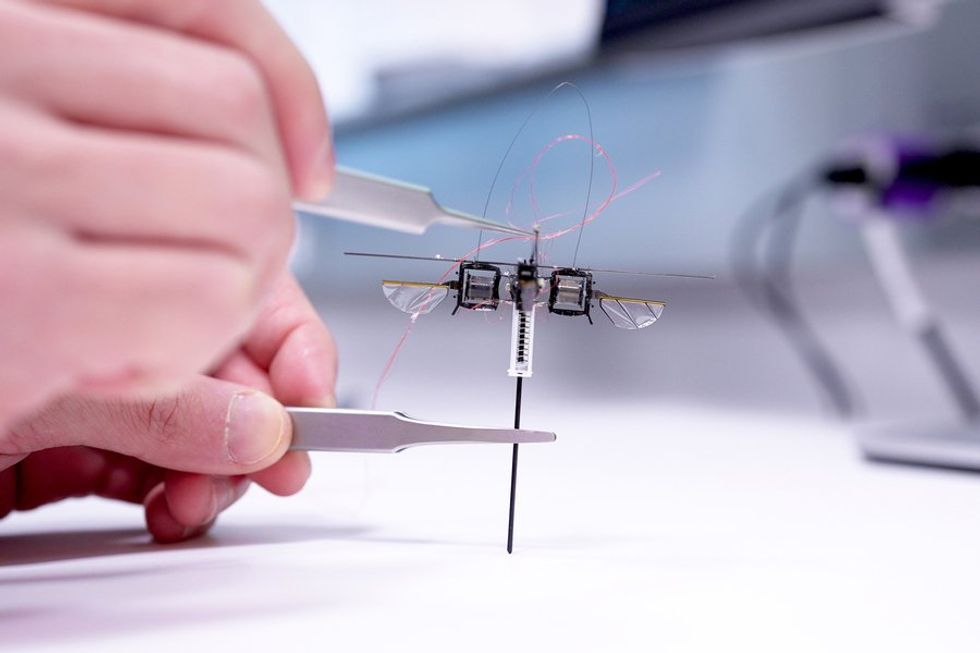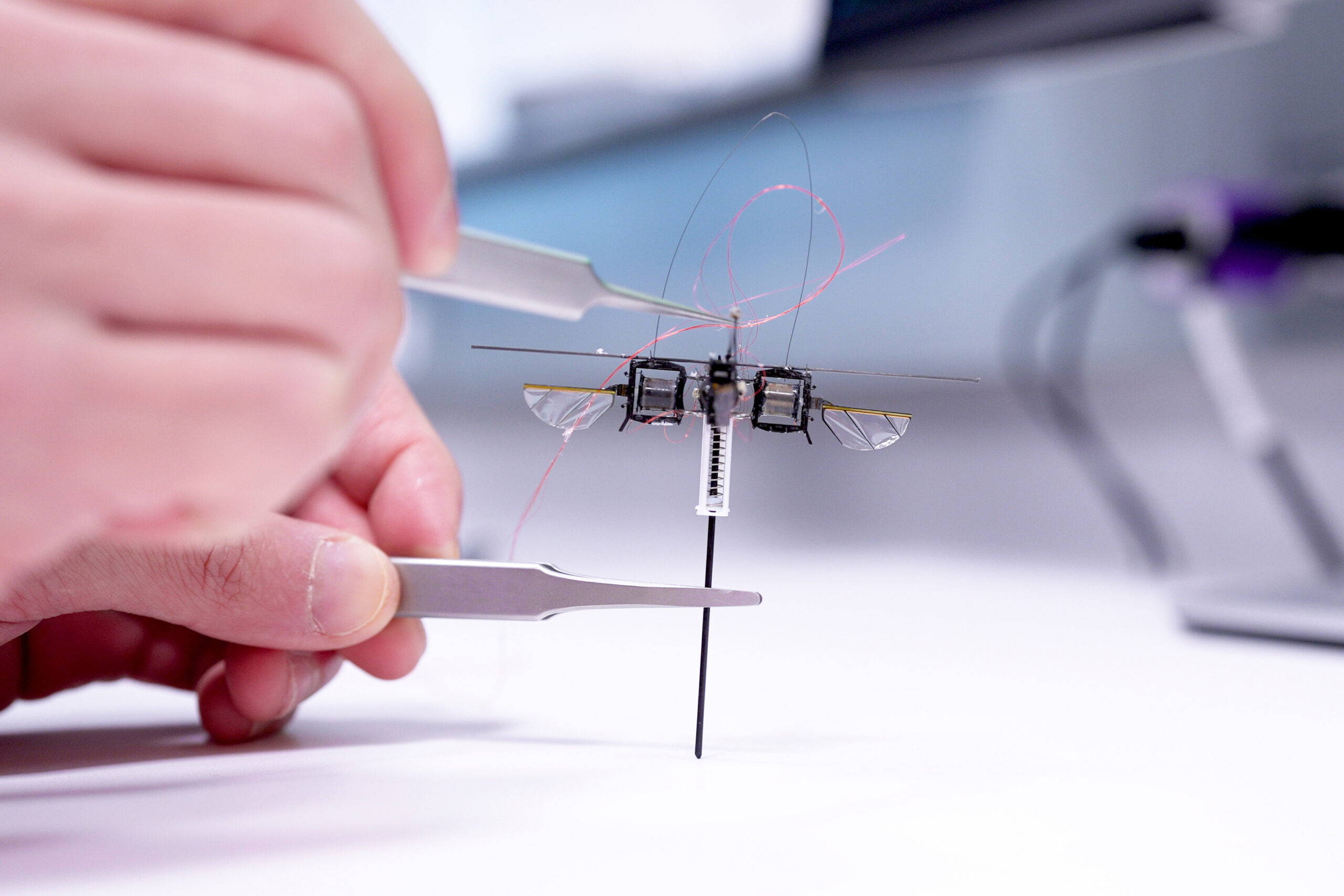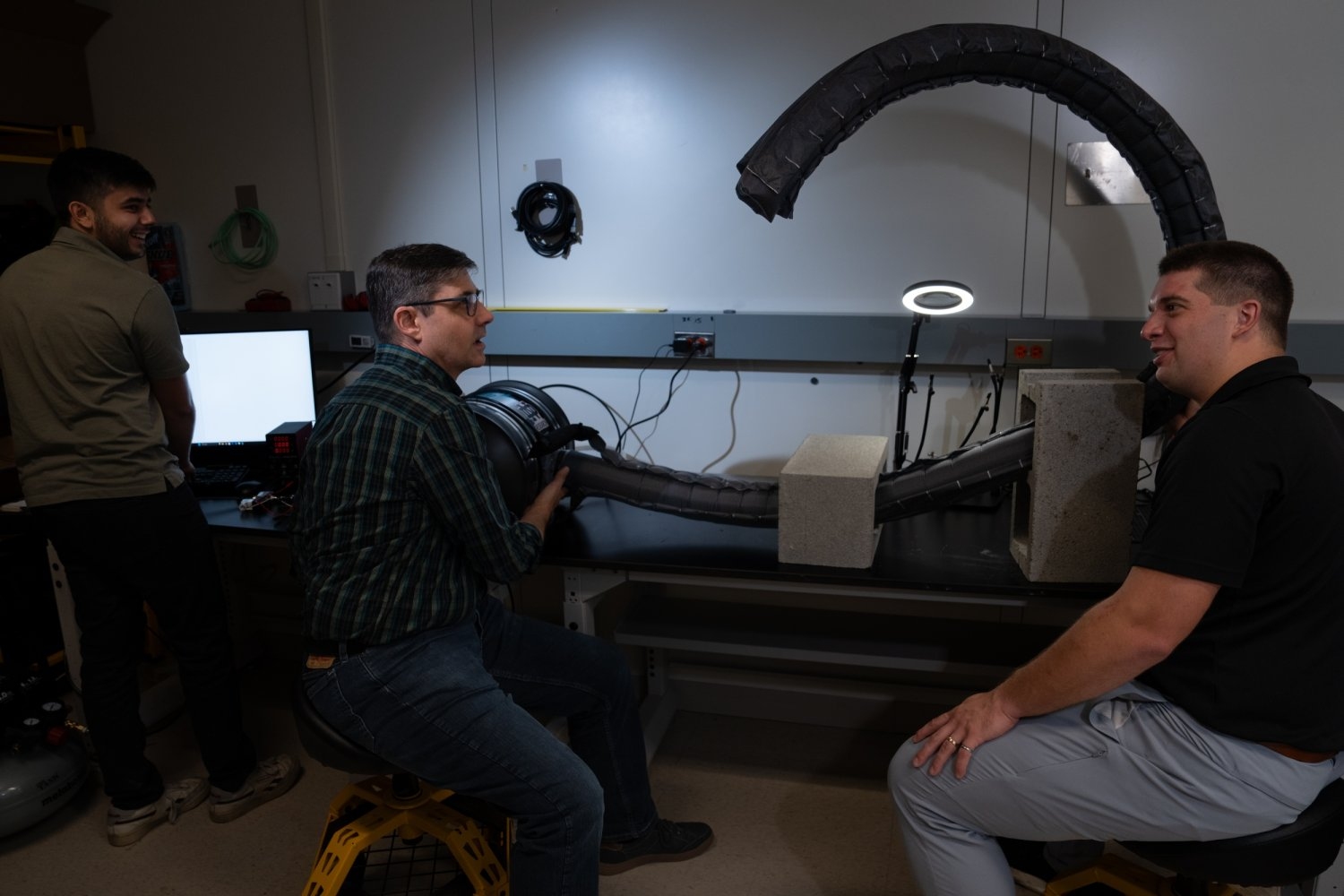In this blog post, we’ll take a closer look at the Unimate, the world’s first industrial robot in the History of Robots. You’ll learn about the people behind the invention, the challenges they faced, and the impact the Unimate had on the manufacturing industry.
The Unimate: A Revolutionary Invention
The Unimate was the world’s first industrial robot and revolutionized the manufacturing industry. American inventor George Devol patented a mechanical arm design in 1954, and he developed it into the groundbreaking creation. Joseph Engelberger, the Father of Robotics, was instrumental in the development of the Unimate. Engelberger met Devol at a cocktail party in 1956 and was fascinated by his latest invention, the Programmed Article Transfer device. Engelberger exclaimed, “Sounds like a robot to me,” and convinced Condec’s CEO to finance the development of Devol’s invention in 1957.
Overcoming Challenges
The Unimate’s development was not without its challenges. Engelberger faced an uphill battle from manufacturers, who were skeptical of the new technology. However, his focus on employing robots in tasks harmful to humans, motivated by Asimov’s Three Laws of Robotics, proved successful. The Unimate was installed on an assembly line for the first time in 1959 at a General Motors diecasting plant in Trenton, New Jersey. By 1961, the Unimate 1900 series became the first mass-produced robotic arm for factory automation.
The link below demonstrates the groundbreaking 1960s Johnny Carson Show appearance orchestrated by Joe Engelberger.
Impact on the Manufacturing Industry
The Unimate’s impact on the manufacturing industry cannot be overstated. It revolutionized the way factories operate and paved the way for the development of other industrial robots. The Unimate was a product of the foresight and business acumen of Joseph Engelberger and the mechanical arm design patented by George Devol. The Unimate’s success is a testament to the power of innovation and the potential of technology to transform the world we live in.
In 1966, Joseph Engelberger embarked on a mission to extend the reach of his innovative Unimate robots beyond the borders of the United States. To achieve this, he granted a license to Nokia of Finland, enabling them to manufacture the robots in Scandinavia and Eastern Europe. As interest in robotics for manufacturing grew globally, Engelberger seized an opportunity to address 400 Japanese executives in Tokyo. This pivotal moment led to the signing of a licensing agreement in 1969 with Kawasaki Heavy Industries (now Kawasaki Robotics) to produce and market Unimate robots for the Asian market.
Meanwhile, on the other side of the world, General Motors (GM) surged ahead of its competitors by transforming its Lordstown, Ohio plant into the most automated automotive facility worldwide. In 1969, GM revolutionized production by incorporating Unimate spot welding robots, boosting efficiency to unprecedented levels. These robots were capable of building 110 cars per hour, more than double the rate of any existing automotive plant at the time. The Unimate played a pivotal role in reshaping the automotive industry, and its influence spread as European companies like BMW, Volvo, Mercedes Benz, British Leyland, and Fiat quickly adopted Unimate robotic arms. These robots were tasked with performing tasks that were hazardous and undesirable for humans, a key advantage highlighted by Engelberger.
Conclusion
The Unimate was a revolutionary invention that transformed the manufacturing industry. It was developed from a mechanical arm design patented in 1954 by American inventor George Devol and was instrumental in the development of the Unimate by Joseph Engelberger, the Father of Robotics. The Unimate’s success paved the way for the development of other industrial robots, which have since become an integral part of the manufacturing industry. The Unimate’s impact is a testament to the power of innovation and the potential of technology to transform the world we live in.
.
How useful was this post?
Click on a star to rate it!
Average rating 4.7 / 5. Vote count: 3
No votes so far! Be the first to rate this post.
We are sorry that this post was not useful for you!
Let us improve this post!
Tell us how we can improve this post?





This Post Has One Comment
Pingback: The History of Robots with a a Comprehensive Timeline - RoboLodge